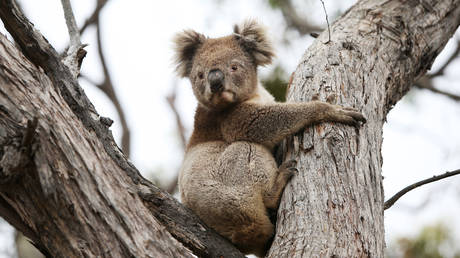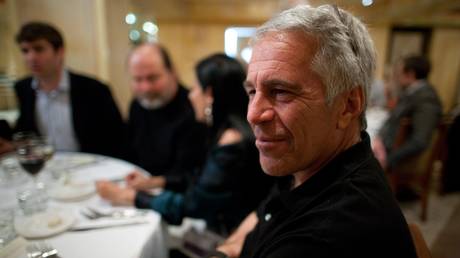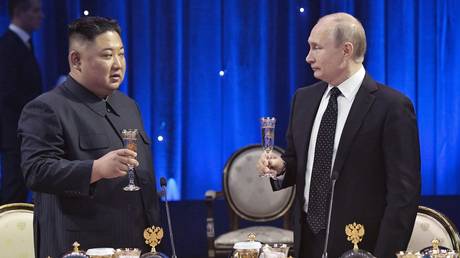
Nearly 700 koalas have been killed from helicopters in a national park in Victoria in a wildlife cull
Australian authorities are under fire following the culling of hundreds of koalas in the state of Victoria.
Around 700 koalas have been shot by snipers from helicopters flying over Victoria’s Budj Bim National Park, in an act of euthanasia following a devastating bushfire that scorched over 2,000 hectares of habitat.
The fire left many koalas injured, dehydrated, and without food, prompting authorities to initiate the cull in early April as a means to prevent further suffering.
Animal welfare organizations have voiced alarm over the wellbeing of orphaned joeys left behind, media reported on Tuesday.
However, the approach – deploying snipers to shoot the animals from helicopters – has sparked swift and widespread backlash.
Activists have raised concerns that decisions were being made by veterinarians and shooters from distances of up to 30 meters, increasing the risk of mistakenly killing healthy koalas—including mothers still caring for their joeys.
”The use of aerial shooting should be treated as a last resort,” Friends of the Earth Melbourne said in a statement, urging authorities to pause the cull and allow independent observers access to the site.
”This is the first time that koalas have been killed by shooting from a helicopter in Australia,” the organization said. “Aerial culling of koalas is an Australian first and sets a nasty ethical precedent.”
The animal protection organization Koala Alliance echoed concerns about vulnerable young joeys potentially being left behind to starve or succumb to exposure.
”If koalas were shot out of trees, this means many joeys would be left to suffer and die. It’s despicable. It’s cruel,” the group said in a statement on Facebook.
The regional government has defended its decision to conduct an aerial cull of koalas in Budj Bim National Park, citing expert assessments and veterinary advice.
However, calls for an independent review of the culling process have been growing, with activists urging for more humane and precise methods of wildlife management.




